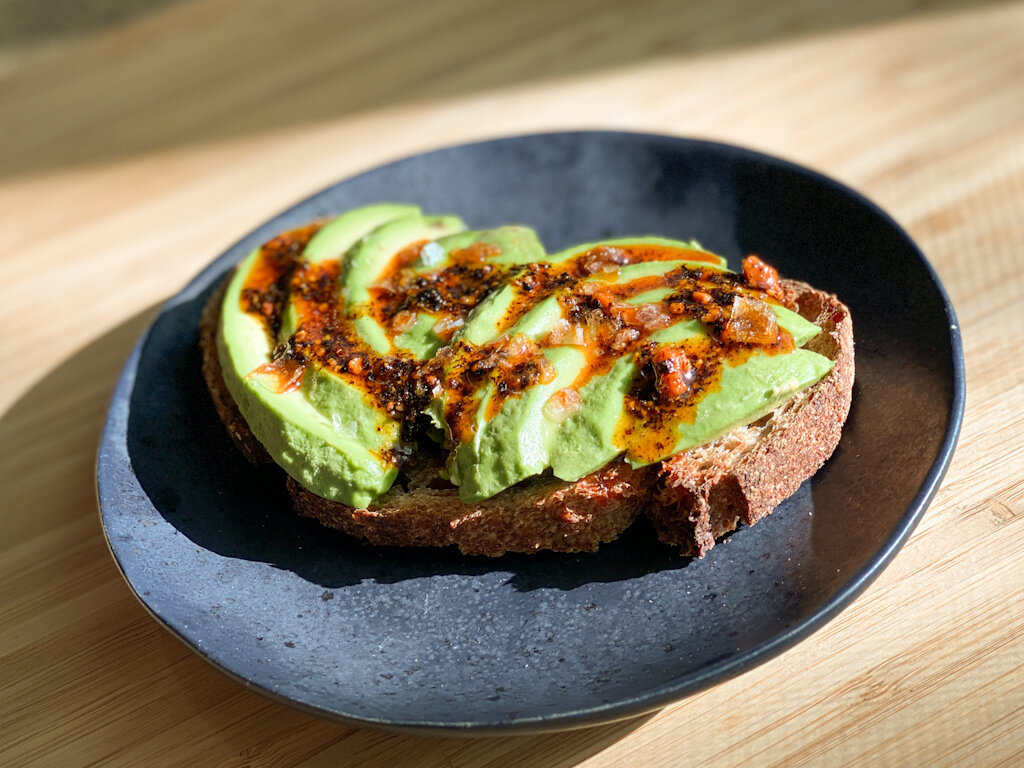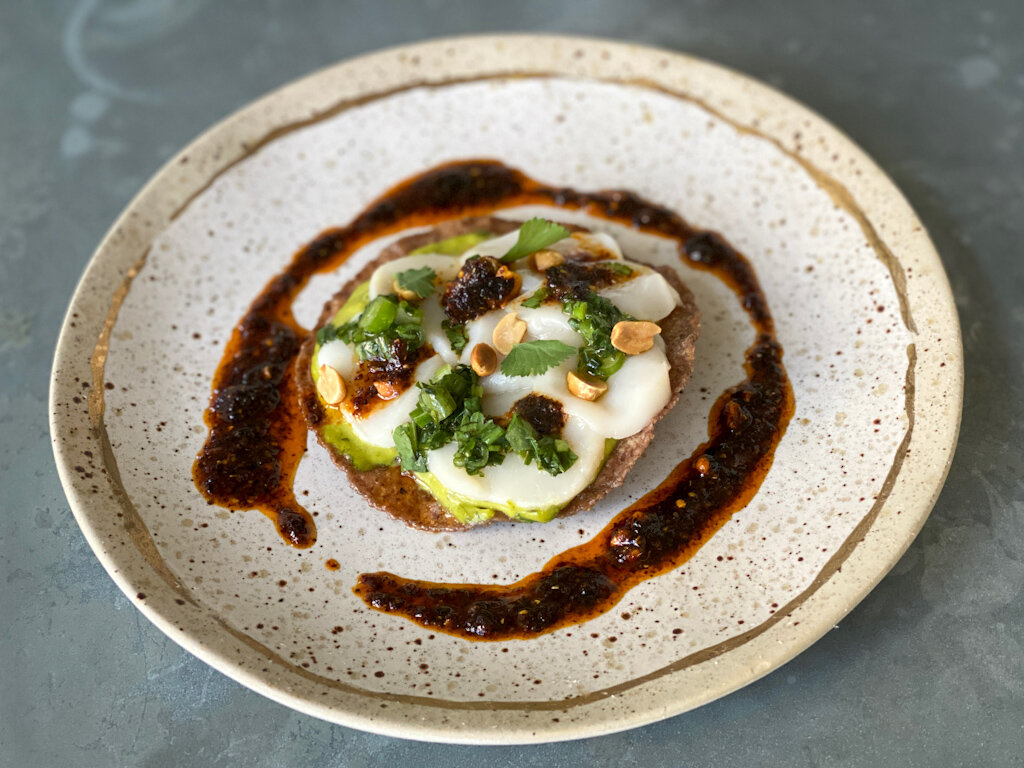By Leslie Brenner
This time last year, the Chinese chile oil condiment known as chile crisp held us in its spicy thrall. For many, that love still burns hot.
But there’s a new chile oil in town — and as much as I love chile crisp, I have been swept off my feet by Mexico’s version: salsa macha.
Suddenly, Mexico’s answer to chile crisp is everywhere. An oil-based suspension of dried chile bits, with optional additions such as sesame seeds, garlic, nuts and vinegar, it graced the pages of The New York Times Magazine in December, in Tejal Rao’s story “The Most Valuable Condiment of 2020: Salsa Macha.” The following month, Texas Monthly’s taco editor, Jose Ralat, offered up “Salsa Macha is Setting Texas on Fire.” Los Angeles-based Masienda founder (and CWB friend) Jorge Gaviria, who appeared in last month’s Culture-Dive Video, sells jars of it — a collab with So-Cal celebrity chef Carlos Salgado (Taco Maria) at his online store.
A salsa macha — without the moniker and heavy on the sesame seeds — is one of the three house salsas at Pujol, Enrique Olvera’s renowned Mexico City restaurant.
Margarito Pérez, owner of Austin-based food truck Paprika ATX, told Texas Monthly, “It’s the avocado toast of salsa. And it’s only matter of time before someone puts salsa macha on avocado toast.”
Ding!! (That’s the timer sounding.)
For Olivia Lopez, CWB’s resident Mexican cooking expert, salsa macha is a permanent fixture on her table at home. “I use it on everything!” she says. “It’s great with seafood — on grilled fish, with just a squeeze of lime. and I love it with beans. She also uses it as an accent on dishes she creates at Billy Can Can in Dallas, where she is chef de cuisine, such as a beautiful scallop ceviche tostada that may go on the menu soon.
Olivia Lopez’s scallop ceviche tostada, finished with a big ol’ drizzle of salsa macha
Salsa macha grabbed Lopez’s attention four or five years ago. “It became trendy a few years ago in Mexico,” she says. “Every person has their very own idea about how to make it,” with the key components being dried chiles and oil, with seeds and nuts optional. “Every time I’d go home, I’d start hearing these random names of salsas. It became a trend, and I said ‘Oh, ok it’s just a chile oil.’”
The best-known versions come from Veracruz and Oaxaca, but “there are different versions all over the country,” says the chef, who comes from Colima on the west coast, south of Puerta Vallarta. “Every single state has their own salsa macha, even though you don’t call it that.”
According to Lopez, chapulines — toasted grasshoppers — are sometimes used in Oaxacan versions.
In Colima, the condiment goes by the straightforward name salsa de chile de arbol, named for the small, bright red dried chile that gives it plenty of heat, and it’s typically served with the white pozole of the region. “Growing up, we were always afraid of that chile,” says Lopez. The fear also applied to the salsa. “You just put a few drops on your spoon and you had to be super careful.”
Lopez’s own salsa macha is not fiery hot; she uses a bit of chile de arbol, and much more ancho and guajillo chile — along with sesame seeds, peanuts, garlic, a touch of cider vinegar and a shake of dried oregano. Because it’s not too spicy, you can eat a lot of it — there’s infinite flavor, unfettered by prohibitive heat. Four of us polished off about six ounces with tacos one night last week; it is so delicious.
A generous drizzle of salsa macha can pull a lunch cobbled together from leftovers into a fabulous treat.
“What I like in the anchos is they’re meatier to me and they have some sort of sweetness, a sweet note at the end. The guajillo’s very thin and has a bit of bitterness.” The oregano, unusual in salsa macha recipes, is a great addition. “I love dried oregano,” says Lopez. “It’s very aromatic. Grandma used to use a lot of oregano, fresh or dried, and she’d throw it a lot on her sauces. You get more the aroma than the taste.”
Agreed — which it is why it is my current condiment of choice.
Treat yourself to Olivia Lopez’s version, which is super easy to make, and keeps well in the fridge for a month. We wouldn’t blame you if you made a double-batch.




